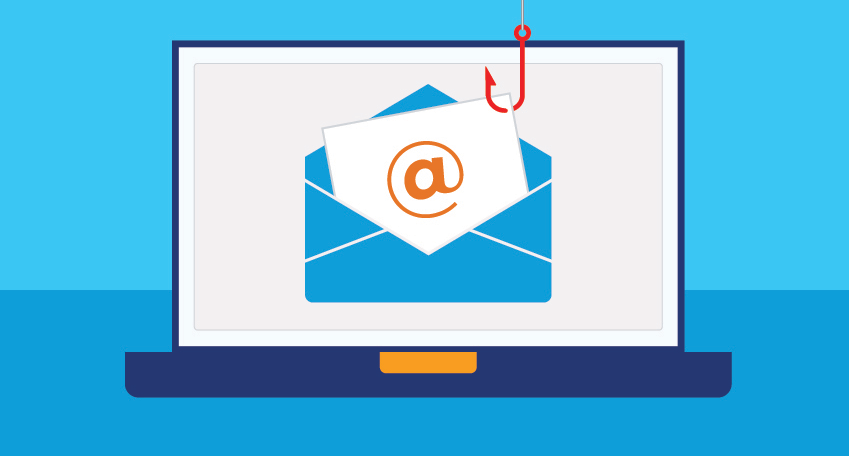
The Importance of Trust and Safety at snick.link
In today's fast-paced digital world, we rely on technology to connect, work, and socialize. With so much of our lives happening online, it's more important than ever to prioritize trust and safety.Trust and Safety at snick.link means ensuring that our users can safely and confidently interact with the links and QR Codes created on our platform.
Our trust and safety team has been quietly working towards that end for some time, and we are now embarking on an effort to be more transparent about what and how we do what we do every day. In this post, we’ll introduce you to who we are, the scope and challenges of our work, and what you can expect from us moving forward.
Trust and safety refer to the measures and practices that ensure a safe and secure digital environment for users. This includes protecting personal information, preventing fraud and scams, and combating harassment and hate speech. Without trust and safety, users are at risk of being exploited, defrauded, or harmed online.If you’ve found your way to this blog post, chances are that you’ve encountered a spam link, and maybe one that was shortened using snick.link . The reality is we deal with a wide range of abuse on our platform beyond just spam. In addition to the usual suspects you might expect, such as phishing and malware, given the size of our platform and the use of snick.link across the web, we also sometimes encounter truly detestable content, such as hate speech, and violent extremism, and more.
How We Identify Abuse ?
Not only do we face a wide variety of types of abuse, but we also do so at a scale that represents an enormous technical challenge and a big responsibility for protecting our users. There are millions of links and QR Codes created by snick.link users every single day, and that translates into billions of clicks or scans per month. While abusive activity is a very small percentage of that overall volume, the impact of even one abusive link or QR Code can be large.
Given this challenge, we take a multifaceted approach to identifying and addressing abuse on our platform. We do this through a combination of third-party vendors specializing in abuse detection, trusted tech partners, NGOs, and our patent-pending internal technology. We also take our responsibility to balance free expression with safety seriously. Just like so many other companies battling online harm, we endeavor to be both accurate and consistent. As those who intend harm change their tactics and technology, we will investigate all reports of abusive content and adjust our approach or adapt our technology accordingly.
What is an example of a suspicious link?
You can spot a suspicious link if the destination address doesn't match the context of the rest of the email. For example, if you receive an email from Google, you would expect the link to direct you towards an address that begins 'google.com'Unfortunately, many legitimate and scam emails hide the destination address in a button, so it’s not immediately apparent where the link goes.What if I accidentally clicked on a suspicious link?If you clicked on a phishing link that took you to a spoofed page entered personal information or credentials, then you'll need to change your passwords and contact your security team for further advice. Another danger is that attackers usually know whether or not you clicked on the link. You can contact us at this link or abuse report.

